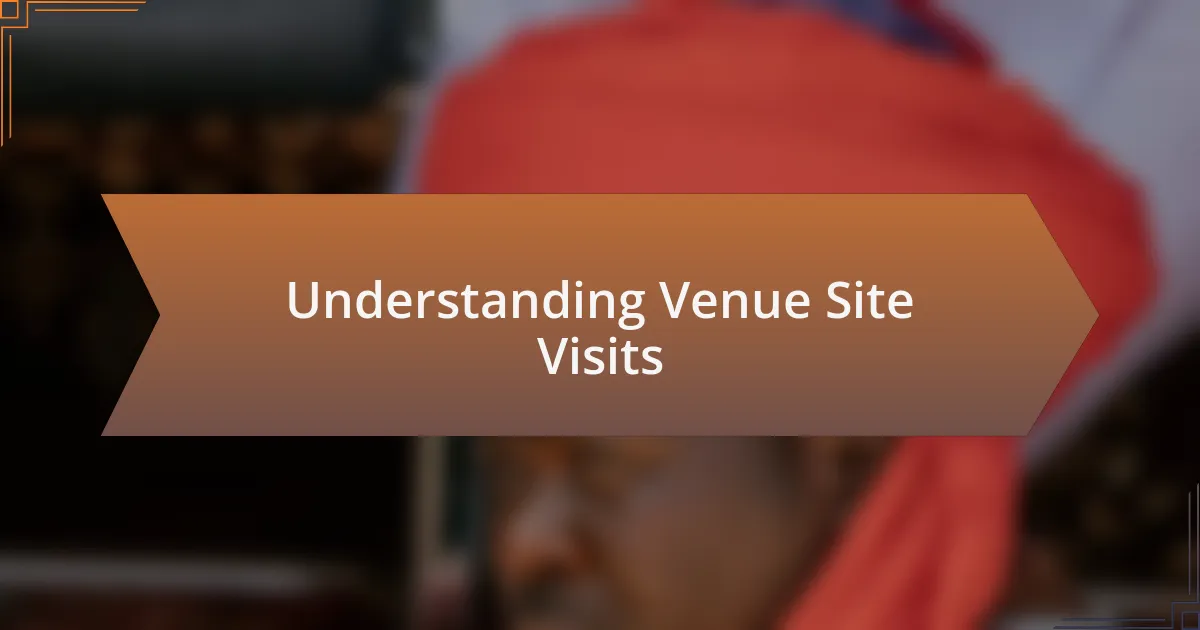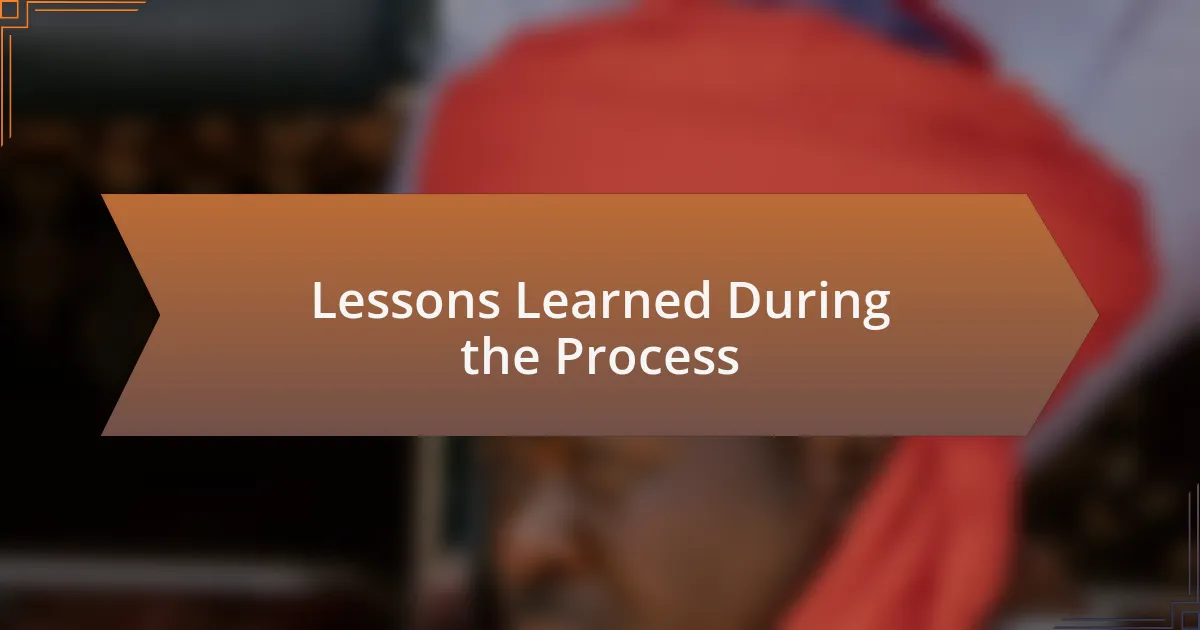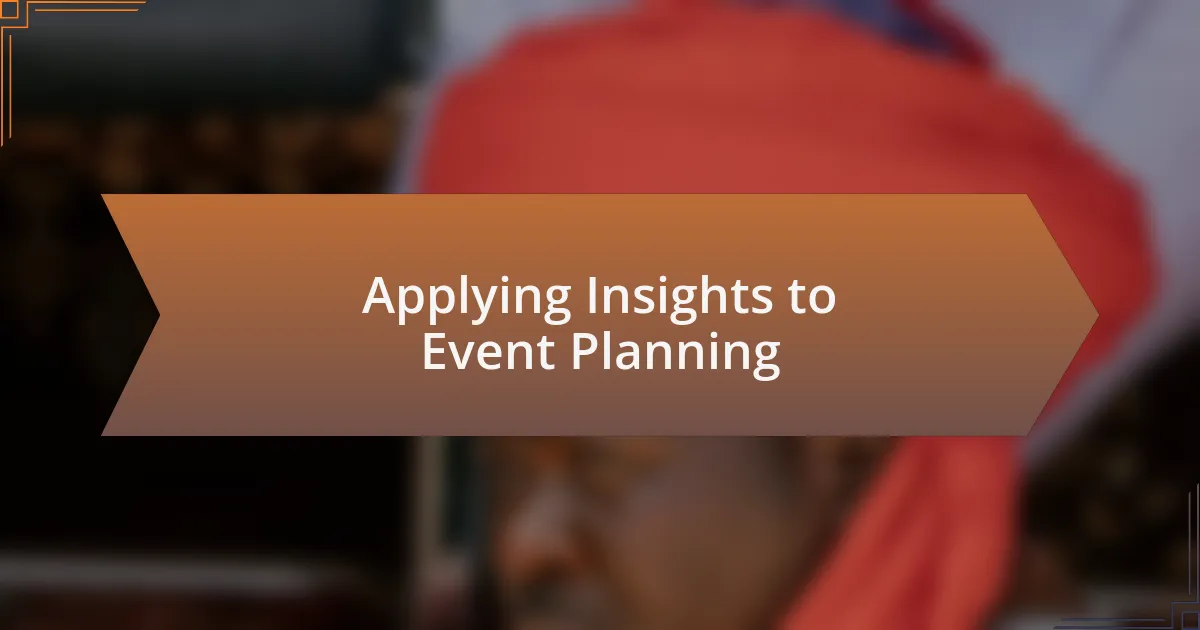Key takeaways:
- Venue site visits are crucial for understanding both the aesthetics and functionality of spaces, impacting event planning significantly.
- Engaging with venue staff can provide valuable insights and foster relationships that enhance the planning process.
- Accessibility, technical capability, and flexibility in venue arrangements directly influence attendee experience and satisfaction.
- Key logistical aspects, such as entry points and natural light, should be prioritized to create a welcoming and engaging environment for events.

Understanding Venue Site Visits
When I reflect on my own experiences with venue site visits, I realize they are not just about checking a location; they’re moments of discovery. Walking into a space and imagining the possibilities truly brings the event to life. Have you ever stood in a vast hall and visualized how your vision would unfold there? It’s exhilarating.
Each venue has its own unique personality, often revealed during those visits. I remember a particular site with stunning architecture, yet the acoustics were less than ideal for presentations. It struck me how crucial it is to go beyond aesthetics—understanding the venue’s functionality and logistical elements can make or break an event. How can we align our vision with the reality of the space?
Engaging with venue staff during a site visit often opens up new avenues for creativity. I once had a casual chat with an event coordinator who shared tips on layout options based on previous events. That interaction not only enriched my perspective but also built a rapport that made planning easier later on. Have you tapped into the knowledge of venue staff during your visits? Their insights can turn a standard visit into a treasure trove of resources.

Personal Insights from My Visits
I’ve discovered that the atmosphere of a venue can evoke powerful emotions in me, influencing the kind of event I want to create. Once, I visited a quaint outdoor space enveloped in greenery, and I felt an immediate sense of calm. It prompted me to rethink my approach to an upcoming corporate retreat; instead of a rigid schedule, I envisioned a more relaxed, open interaction among attendees. Have you ever felt how a venue can reshape your entire event concept?
During one of my visits to a larger conference center, I realized just how vital accessibility is. I noticed a family struggling with the venue’s layout, which made me rethink the importance of inclusivity in event planning. As a result, I made it a point to prioritize accessibility features during future site selections, ensuring that everyone feels welcome and valued. Isn’t it striking how our experiences can guide us toward creating a more inclusive environment?
In addition, I learned that the little details matter immensely. I once overlooked the importance of restroom locations during a site visit, thinking it was a minor detail. However, at a prior event, I received feedback that long restroom lines disrupted the flow of activities. This made me appreciate how those seemingly insignificant aspects can impact attendee experience. Have you considered how these “behind-the-scenes” details could alter participant satisfaction at your events?

Lessons Learned During the Process
During my venue site visits, I discovered firsthand how essential the vibe of a space is for setting the right tone. At one location, I encountered staff who exuded enthusiasm and warmth, and it genuinely transformed my perception of the venue. I wondered, have you ever noticed how a friendly face can change the entire atmosphere of an event? This made me realize that the human element shouldn’t be overlooked; it’s just as critical as the physical space itself.
Another significant lesson came when assessing technical capabilities. I remember visiting a venue where the AV setup seemed impressive on paper, but in reality, it was outdated and cumbersome. After a frustrating experience trying to navigate their technology during an event, I reflected on how crucial it is to verify technical specs through trial runs. Can you imagine the stress of relying on technology that fails you live? That’s why I now insist on a thorough tech check during each venue visit to avoid future headaches.
Lastly, I came to appreciate the importance of flexibility in venue arrangements. During a visit, I encountered a space that could easily transition between formats, like changing a theater setup to a round table configuration. This adaptability struck me as essential for accommodating different types of events. Have you thought about how versatile a venue can shape the attendee experience? Embracing flexibility encourages creativity in event design and opens up new possibilities for guest interaction.

Applying Insights to Event Planning
When applying insights from my venue site visits to event planning, I’ve noticed that understanding the flow of a space can make all the difference. For instance, while at one venue, I discovered that the entrance was tucked away, leading to a confusing first impression for guests. It got me thinking: what’s the first thing attendees experience when they arrive? This awareness has shaped how I plan events, ensuring that the entry point not only welcomes but also guides guests seamlessly into the experience ahead.
Another key insight revolves around the importance of natural light and ambiance. During a visit to a stunning venue with large windows, I witnessed how sunlight transformed the atmosphere, creating a warm and inviting environment. It reminded me of a past event where poor lighting made everything feel dismal. How often do we overlook these elements that impact mood and energy? Now, I prioritize venues that capitalize on natural light to enhance engagement and overall satisfaction.
I’ve also learned to consider all logistical aspects of a venue, including parking and accessibility. On one occasion, I chose a beautiful location that ultimately became a headache because of limited parking and difficult access. Reflecting on that choice, I asked myself: how can I ensure everyone feels welcome? This experience taught me to always assess the venue’s accessibility features to create a more inclusive event, making it easier for all attendees to participate.